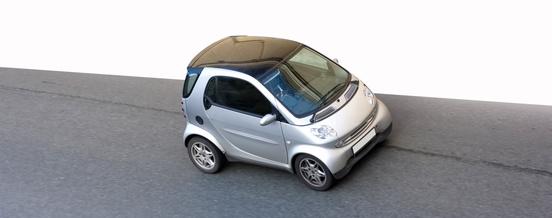Transportation
When developing transport solutions, designers need to find the right balance between high performance, competitive pricing, style, reliability, comfort, safety, strength, fuel efficiency and minimal environmental impact. The sustainable solution often lies in a new generation of lightweight plastics, because:
• Plastic components weigh 50 percent less than similar components made from other materials, which means a 25 to 35% improvement in fuel economy.
• For every kilogram lost, your car will emit 20 kilograms less of carbon dioxide over its operating life.
• Plastics bring lightweight solutions without prejudice of fire safety when assessed using engineering standards.
The aircraft industry is a good example of how plastics and design innovation are connected. Since the 70's, the use of plastics in airplanes indeed grew from 4 to almost 30%, and should reach 50% by 2013!
In the automotive industry, plastics allow for energy absorption, weight reduction and innovative design while contributing to passenger safety. Features such as shock absorption for bumpers, suppression of explosion risks in fuel tanks, seat belts, airbags and other life-saving accessories such as durable plastic safety seats to protect our youngest passengers make plastics the safest material for car-related applications.
Plastics are also in the vanguard of sustainable innovation, with the average car containing 120 kilograms of plastics (15 to 20% of its total weight). Daimler Benz's SMART fortwo cdi, which was introduced at the Geneva Motor Show 2010, is a perfect example of how innovation made possible with plastics also brings environmental benefits. The car features a range of high-quality thermoplastics that bring design flexibility, but more importantly, the light weight of these plastics means that the car uses an average of 3.3 litres of fuel every 100km and emits only 86g of CO2 per kilometre!

